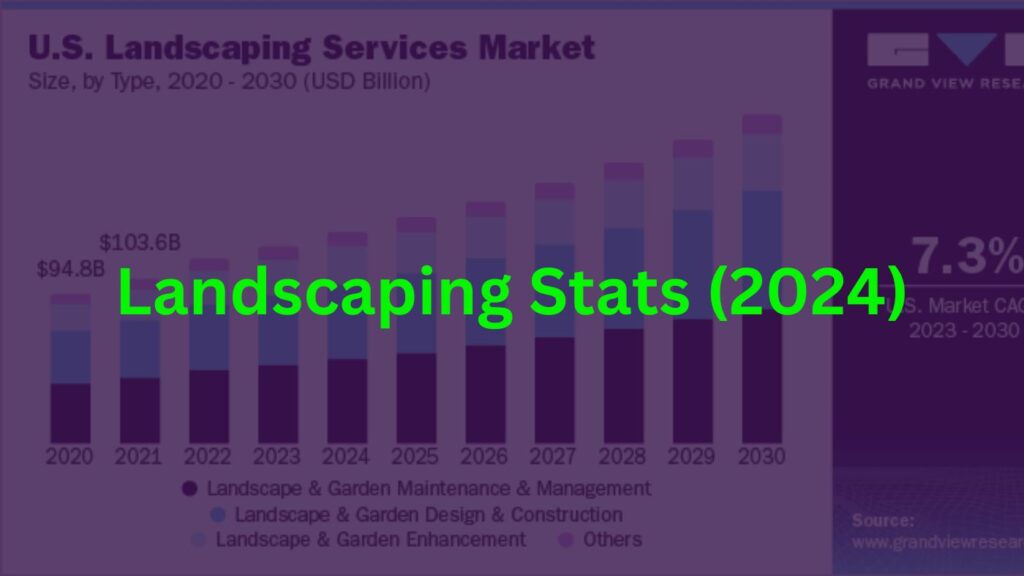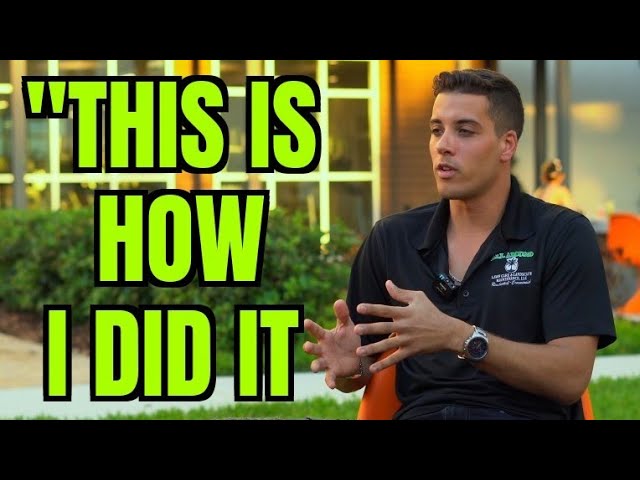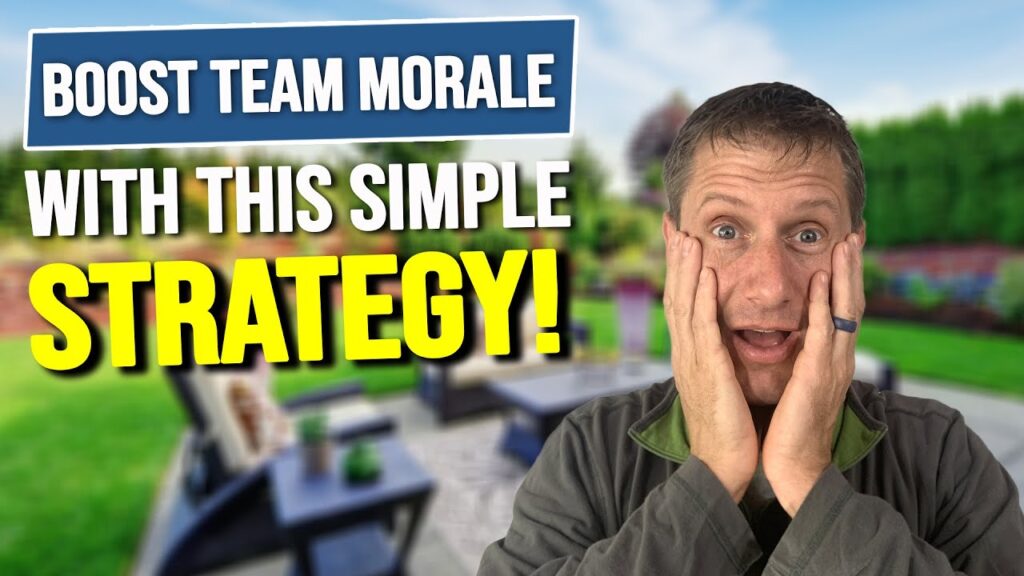A Comprehensive Strategy Guide from Hardscape Marketing Crew
The digital landscape is constantly evolving, and businesses must adapt to stay ahead of the curve. Combining search engine optimization (SEO) and web design, known as SEO web design, is crucial for creating a search engine-friendly website that attracts organic traffic and provides a positive user experience. In this post, we’ll explore the synergy between SEO and web design, discuss strategies for optimizing your site’s architecture, and highlight the importance of user experience for SEO gains.
Key Takeaways
- Combine SEO and Web Design: Maximize website visibility, organic traffic, and user experience.
- Leverage Multimedia Content: Enhance engagement and optimize keywords & readability for both users & search engines.
- Stay Updated: Ensure website performance is optimized by keeping informed about algorithm updates & modern design trends.
The Synergy of SEO and Web Design
Combining SEO and web design ensures your website is both search engine-friendly and user-friendly. This approach drives organic traffic and improves user experience.
Why It Matters
Starting with SEO during the design process increases your chances of higher search engine rankings. Neglecting SEO can lead to decreased traffic and require significant recovery efforts. A well-designed site with strong SEO balances aesthetics, technical elements, and content placement to perform well in search engine rankings.
Key Components
- Visual Appeal: A visually appealing site can reduce bounce rates and increase time spent on your site, indirectly boosting SEO.
- Technical Aspects: Ensure your site is structured well, mobile-friendly, and fast-loading to enhance both user experience and search engine rankings.
- Content Placement: Use headers and organize information logically to enhance both user experience and SEO performance.
Crafting an SEO-Friendly Site Architecture
A well-organized site structure benefits both users and search engines. Here are some tips:
- Use a flat site architecture.
- Keep navigation simple.
- Create category pages.
- Use SEO-friendly URL structures.
- Plan navigation menus.
- Implement internal links.
- Generate a sitemap.
Enhancing User Experience for SEO Gains
User experience is key for SEO success. Search engines favor websites that provide a positive user experience.
Key Areas to Focus On
- Page Speed: Fast loading pages retain users and minimize bounce rates. Aim for a page load time of under three seconds.
- Responsive Design: Ensure your site looks great and works well on all devices. This is crucial for both user experience and SEO.
- SEO-Optimized Content: Include relevant keywords and maintain readability to engage users and improve search engine rankings.
Leveraging Multimedia for Enhanced Engagement
Use images, videos, and other multimedia to increase user engagement. Optimize these elements with alt tags and descriptive file names to boost SEO.
Calls-to-Action That Convert
Effective calls-to-action (CTAs) guide users towards desired actions, such as making a purchase or subscribing to a newsletter. Use strong action verbs, action-oriented language, and a sense of urgency to motivate users.
Trust Signals and Social Proof
Trust signals, like testimonials and trust badges, enhance credibility and user engagement. Examples include:
- Testimonials from satisfied customers.
- Trust badges ensuring secure transactions.
- Social media followers and engagement.
- Reviews and ratings from reputable sources.
Keeping Up with SEO and Design Trends
Staying updated with SEO and design trends is vital for maintaining competitiveness and ensuring your website continues to excel in search engine rankings.
Summary
Combining SEO and web design is essential for creating a search engine-friendly website that attracts organic traffic and provides a positive user experience. Focus on the synergy between SEO and web design, optimize site architecture, enhance user experience, and incorporate SEO-optimized content to create a high-performing website.
Frequently Asked Questions
What is SEO web design? SEO web design is the process of incorporating search engine optimization practices into website design to increase visibility in search engine results and optimize the user experience.
Do web designers need to know SEO? Yes, web designers need to know SEO to ensure a website ranks well in search engine results.
How do I build SEO for my website? To build SEO, analyze the market and select keywords, optimize URLs, use heading tags, make the site mobile-friendly, include a call to action, create SEO-optimized content, earn backlinks, and cultivate user trust.
What is SEO in web programming? SEO in web programming involves optimizing a website’s visibility in search engine results through techniques like content optimization, user experience improvements, and strategic keyword use.
How can a visually appealing website design influence SEO? A visually appealing design can increase user engagement, lower bounce rates, and increase time on site, all of which positively affect SEO.
By implementing these strategies and leveraging the expertise of Hardscape Marketing Crew, your hardscape landscaping business can achieve significant growth and success through effective SEO web design.






